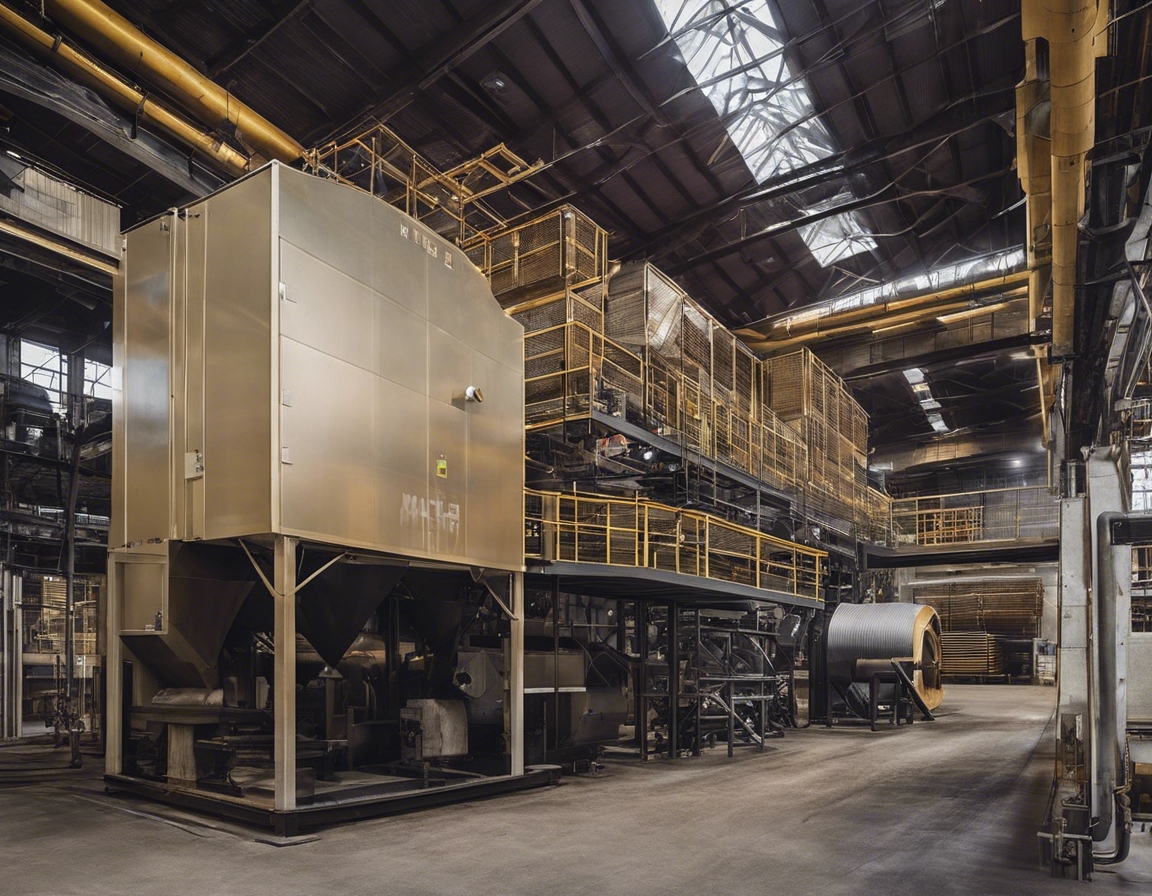Understanding humidity: the key to perfect wood processing
Humidity plays a pivotal role in wood processing, affecting everything from the structural integrity of the wood to the final product's quality. Understanding and controlling humidity is essential for sawmills, planing mills, furniture manufacturers, and high-end woodworking enterprises that strive for perfection in their craft.
Controlling humidity is crucial in preventing wood from warping, cracking, or developing other defects. It ensures that the wood maintains its desired dimensions and properties throughout the processing stages and beyond.
Excessive or insufficient humidity can lead to significant material waste, increased energy consumption, and compromised product quality, ultimately affecting a business's bottom line and reputation.
The Science of Wood and Moisture
Wood is hygroscopic, meaning it naturally absorbs and releases moisture from the surrounding environment. This characteristic necessitates precise moisture management during processing.
The moisture content (MC) of wood is a key factor in its behavior. The MC affects wood's size, weight, strength, and overall stability, making accurate measurement vital for quality wood processing.
Measuring and Controlling Humidity
Various tools, such as moisture meters and hygrometers, are used to measure the MC in wood. These instruments help ensure that the wood is at the correct MC for its intended use.
Techniques such as kiln drying, air drying, and the use of dehumidifiers are employed to control the humidity levels during wood processing, each with its own set of advantages and considerations.
Optimizing the Drying Process
Drying schedules are critical for achieving the desired MC in wood. They must be carefully developed and followed to ensure the wood dries evenly and to the correct MC without introducing stress or defects.
Energy efficiency in the drying process not only reduces costs but also aligns with the sustainability goals of modern businesses. Optimizing energy use in kilns and other drying equipment is a key consideration for eco-conscious enterprises.
Technological Innovations in Humidity Control
Advanced moisture measurement systems provide real-time data and greater accuracy, enabling businesses to fine-tune their processes for optimal results.
Automated climate control systems ensure a consistent environment for wood processing, reducing the risk of humidity-related defects and improving overall efficiency.
Maintaining Quality and Sustainability
Precise humidity management is essential for maintaining the high quality of wood products. It allows for consistent production standards and helps in meeting customer expectations.
Effective humidity control contributes to sustainable wood processing by minimizing waste, reducing energy consumption, and ensuring that wood products are durable and long-lasting.






Comments (0)